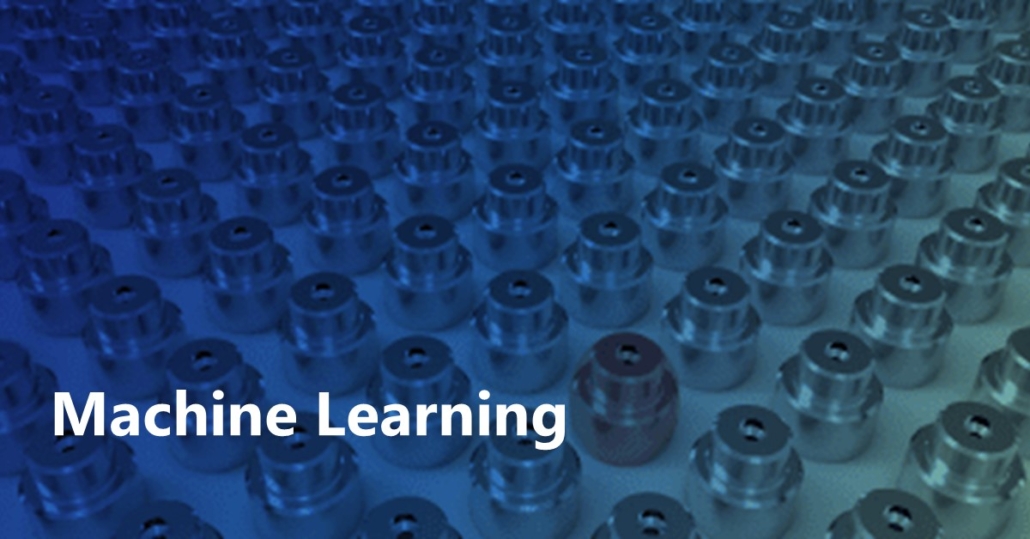 Our Machine Learning team has been at the forefront of machine learning developments, including deep learning, support vector machines, and semantic analysis, for over a decade. We develop innovative technologies integrated into NEC’s products and services. Machine learning is the critical technology for data analytics and artificial intelligence. Recent progress in this field opens opportunities for various new applications.
Our Machine Learning team has been at the forefront of machine learning developments, including deep learning, support vector machines, and semantic analysis, for over a decade. We develop innovative technologies integrated into NEC’s products and services. Machine learning is the critical technology for data analytics and artificial intelligence. Recent progress in this field opens opportunities for various new applications.
Deep learning will maintain prominence with more robust model architectures, training methods, and optimization techniques. Enhanced interpretability and explainability will be imperative, especially for AI systems in critical domains like healthcare and finance. Addressing bias and ensuring fairness in AI algorithms will be a top priority, leading to the development of tools and guidelines for ethical AI. Federated learning, quantum computing’s potential impact, and the growth of edge computing will diversify ML applications.
Natural language processing will continue to advance, driving progress in conversational AI, while healthcare, finance, education, and creative industries will witness profound AI integration. As quantum computing matures, it could revolutionize machine learning, while edge computing and federated learning will expand AI’s reach across various domains. Our machine learning research will produce innovation across industries, including more accurate medical diagnoses, safer autonomous systems, and efficient energy use while enabling personalized education and AI-generated creativity.
Read our news and publications from our world-class team of researchers from our Machine Learning department.
Posts
Previous models for video captioning often use the output from a specific layer of a Convolutional Neural Network (CNN) as video features. However, the variable context-dependent semantics in the video may make it more appropriate to adaptively select features from the multiple CNN layers. We propose a new approach to generating adaptive spatiotemporal representations of videos for the captioning task. A novel attention mechanism is developed, which adaptively and sequentially focuses on different layers of CNN features (levels of feature “abstraction”), as well as local spatiotemporal regions of the feature maps at each layer. The proposed approach is evaluated on three benchmark datasets: YouTube2Text, M-VAD and MSR-VTT. Along with visualizing the results and how the model works, these experiments quantitatively demonstrate the effectiveness of the proposed adaptive spatiotemporal feature abstraction for translating videos to sentences with rich semantics.
Generating videos from text has proven to be a significant challenge for existing generative models. We tackle this problem by training a conditional generative model to extract both static and dynamic information from text. This is manifested in a hybrid framework, employing a Variational Autoencoder (VAE) and a Generative Adversarial Network (GAN). The static features, called “gist,” are used to sketch text-conditioned background color and object layout structure. Dynamic features are considered by transforming input text into an image filter. To obtain a large amount of data for training the deep-learning model, we develop a method to automatically create a matched text-video corpus from publicly available online videos. Experimental results show that the proposed framework generates plausible and diverse short-duration smooth videos, while accurately reflecting the input text information. It significantly outperforms baseline models that directly adapt text-to-image generation procedures to produce videos. Performance is evaluated both visually and by adapting the inception score used to evaluate image generation in GANs.
Adaptive Memory Networks We present Adaptive Memory Networks (AMN) that processes input-question pairs to dynamically construct a network architecture optimized for lower inference times for Question Answering (QA) tasks. AMN processes the input story to extract entities and stores them in memory banks. Starting from a single bank, as the number of input entities increases, AMN learns to create new banks as the entropy in a single bank becomes too high. Hence, after processing an input-question(s) pair, the resulting network represents a hierarchical structure where entities are stored in different banks, distanced by question relevance. At inference, one or few banks are used, creating a tradeoff between accuracy and performance. AMN is enabled by dynamic networks that allow input dependent network creation and efficiency in dynamic mini-batching as well as our novel bank controller that allows learning discrete decision making with high accuracy. In our results, we demonstrate that AMN learns to create variable depth networks depending on task complexity and reduces inference times for QA tasks.

 Our
Our 